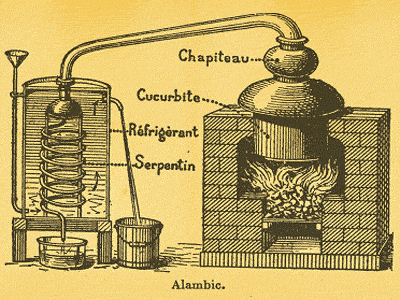
My spikenard sends forth its fragrance. A bundle of myrrh is my beloved to me - Song of Solomon 1: 12b - 13a

Welcome to Spikenard and Myrrh!
No matter where we may be in our health management, there is always something that can be done to enhance and contribute to our overall health. ! The desire is to foremost share, learn, make available and to revive the connection of self-responsibility to our overall health. We welcome you to visit the blog from time to time to expand on you already pre-existing knowledge of health management, to read interesting historical information, stories, testimonies of people’ s personal experiences with essential oils and adjunct body therapies as well as to leave your very own footprint of knowledge on the blog.
Wednesday, October 5, 2011
Extraction Methods: Solvents

Tuesday, October 4, 2011
Extraction methods of essential oils
Monday, October 3, 2011
Anatomy of essential oils
The anatomy of essential oils deals with where the essentials oils are best extracted from.
Some parts of a plant may yield different essentials oils.
Essentials oils can be sourced out from different parts in varied concentrations and differ in their scents and therapeutic qualities.
Resins are usually from the congealed saps of trees or plants
like frankincense, galbanum, myrrh.
The essential oils are extracted from these congealed resins.
Florals scents are usually extracted from flowers like roses, jasmine, ylang ylang.
More woodsy scents are from the bark or the plant or tree like cedarwood, sandlewood.
Usually the scent will reveal what part the essential oils are yielded from.
Concertrations of essential oils in a plant or tree are found
in varied strengths depending on the anatomy of the plant.
Berries ▪ Allspice ▪ Juniper Seeds ▪ Almond ▪ Anise ▪ Buchu ▪ Celery ▪ Cumin ▪ Nutmeg oil Bark ▪ Cassia ▪ Cinnamon ▪ Sassafras Wood ▪ Camphor ▪ Cedar ▪ Rosewood ▪ Sandalwood ▪ Agarwood Rhizome ▪ Galangal ▪ Ginger | Leaves ▪ Basil ▪ Bay leaf ▪ Buchu ▪ Cinnamon ▪ Common sage ▪ Eucalyptus ▪ Lemon grass ▪ Melaleuca ▪ Oregano ▪ Patchouli ▪ Peppermint ▪ Pine ▪ Rosemary ▪ Spearmint ▪ Tea tree ▪ Thyme ▪ Tsuga ▪ Wintergreen Resin ▪ Benzoin ▪ Copaiba ▪ Frankincense ▪ Myrrh | Flowers ▪ Cannabis ▪ Chamomile ▪ Clary sage ▪ Clove ▪ Scented geranium ▪ Hops ▪ Hyssop ▪ Jasmine ▪ Lavender ▪ Manuka ▪ Marjoram ▪ Orange ▪ Rose ▪ Ylang-ylang Peel ▪ Bergamot ▪ Grapefruit ▪ Lemon ▪ Lime ▪ Orange ▪ Tangerine Root ▪ Valerian |



